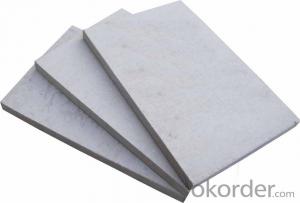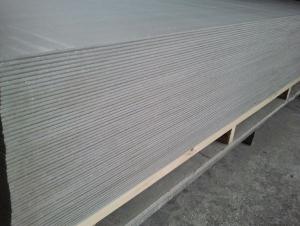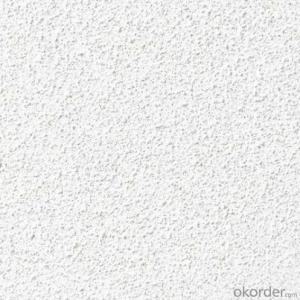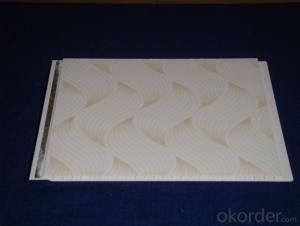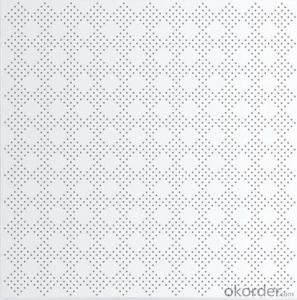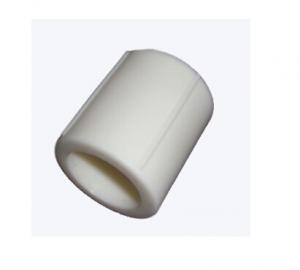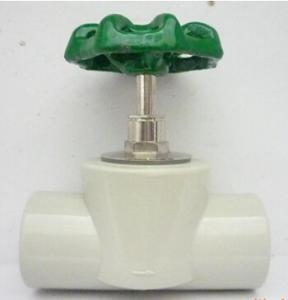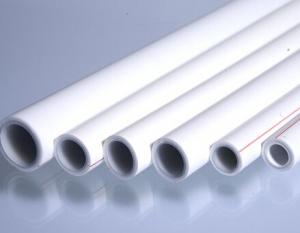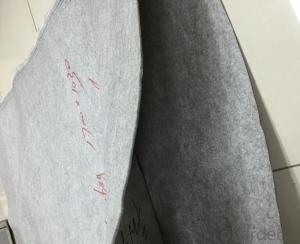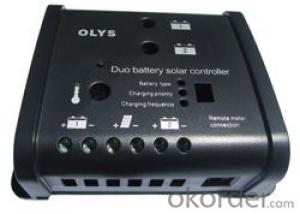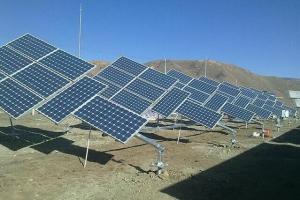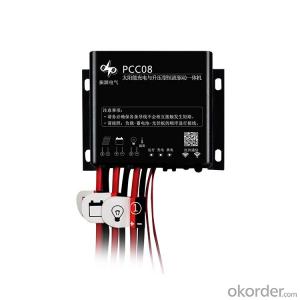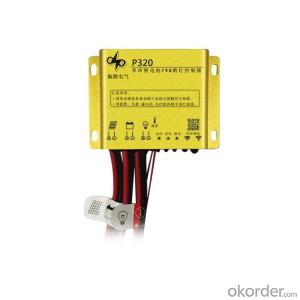Solar Battery With Inverter
Solar Battery With Inverter Related Searches
Stainless Steel Bucket With Lid Hot Water Bottle With Hose High Five Stainless Steel Prop Solar Panel Kit With Inverter Rv Solar System With Inverter Cover Ham With Aluminum Foil Aluminum Plate With Holes Aluminum Foil Pan With Lid Bake Cake With Aluminum Foil Roof Shingles With Solar CellsHot Searches
Price For Stainless Steel Scrap Scrap Price For Stainless Steel Price For Stainless Steel Cheap High Tea Sets For Sale Price Of Shipping Containers For Sale Stock Price For Aluminum Cheap Solar Cells For Sale Air Pump For Aquarium Price Inverter Size For Solar System Used Foam Board Insulation For Sale Price List For Building Materials Magnesium Oxide Board For Sale Hdf Board For Sale sintra board for sale Cheap Mini Laptops For Sale Plywood For Sale Cheap Cheap Washers For Sale Cheap Tall Vases For Sale Solar With Inverter Price Price For Stainless Steel ScrapSolar Battery With Inverter Supplier & Manufacturer from China
Okorder.com is a professional Solar Battery With Inverter supplier & manufacturer, offers integrated one-stop services including real-time quoting and online cargo tracking. We are funded by CNBM Group, a Fortune 500 enterprise and the largest Solar Battery With Inverter firm in China.Hot Products
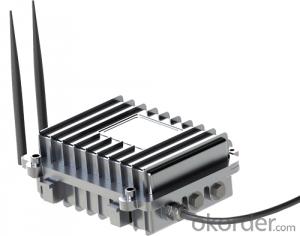
Internet of Things Wireless Centralize Controller Remote Monitor System MPPT Solar Charge Controller
FAQ
- Yes, a solar controller can be used with a solar-powered sign. A solar controller regulates and optimizes the charging and discharging of the solar panel's battery, ensuring that the sign receives a consistent and efficient power supply from the solar panel. This helps to prolong the battery life and maximize the performance of the solar-powered sign.
- Using a solar controller has its drawbacks. Firstly, the cost of purchasing and installing a solar controller can be quite high. This can increase the overall expenses of setting up a solar power system, which might discourage certain individuals or businesses. Secondly, operating and maintaining solar controllers can be complex. They require proper programming and configuration to ensure optimal performance, as well as regular maintenance to keep them running efficiently. This may necessitate technical expertise or the hiring of professionals, resulting in additional costs. Furthermore, solar controllers may have limited compatibility with specific solar panels or battery systems. It is crucial to ensure that the solar controller is compatible with the particular components of the solar power system. Otherwise, it may malfunction or even cause damage. Lastly, solar controllers rely on sunlight for power generation. Therefore, they may not be as effective in areas with limited sunlight or during cloudy days. This can lead to decreased energy production and may require alternative power sources or energy storage solutions. In conclusion, while solar controllers offer various advantages in terms of regulating and optimizing solar power systems, they also come with certain disadvantages that should be taken into account before making a decision.
- The maximum distance a solar controller can be placed from the batteries depends on the specific model and its design. In general, the distance should be minimized to reduce voltage drop and ensure efficient charging. It is recommended to consult the manufacturer's specifications or guidelines for the specific solar controller being used to determine the maximum distance allowed.
- The maximum number of user-defined settings supported by a solar controller can vary depending on the specific model and brand. However, most solar controllers typically offer a range of 10-20 user-defined settings.
- The standby power consumption of a solar controller is typically very low, often ranging from 0.5 to 2 watts.
- Yes, a solar controller can be used with solar panels that are connected to an inverter. The solar controller helps regulate and optimize the charging process of the batteries connected to the solar panel system, regardless of whether an inverter is present or not.
- Yes, a solar controller can be used with different types of solar panel mounting systems. The solar controller is responsible for regulating the flow of electricity from the solar panels to the batteries or the grid. It does not depend on the type of mounting system being used. The solar controller's primary function is to monitor and control the charging process, ensuring that the batteries are charged efficiently and preventing overcharging or damage. As long as the solar panels are compatible with the solar controller in terms of voltage and current ratings, it can be used with any type of solar panel mounting system, whether it is a roof-mounted system, ground-mounted system, or tracking system.
- Yes, a solar controller can be used with solar panels of different voltages. The solar controller is designed to regulate the voltage and current from the solar panels to ensure proper charging and protection of the battery or load. It can handle different voltages and adjust the charging parameters accordingly.


